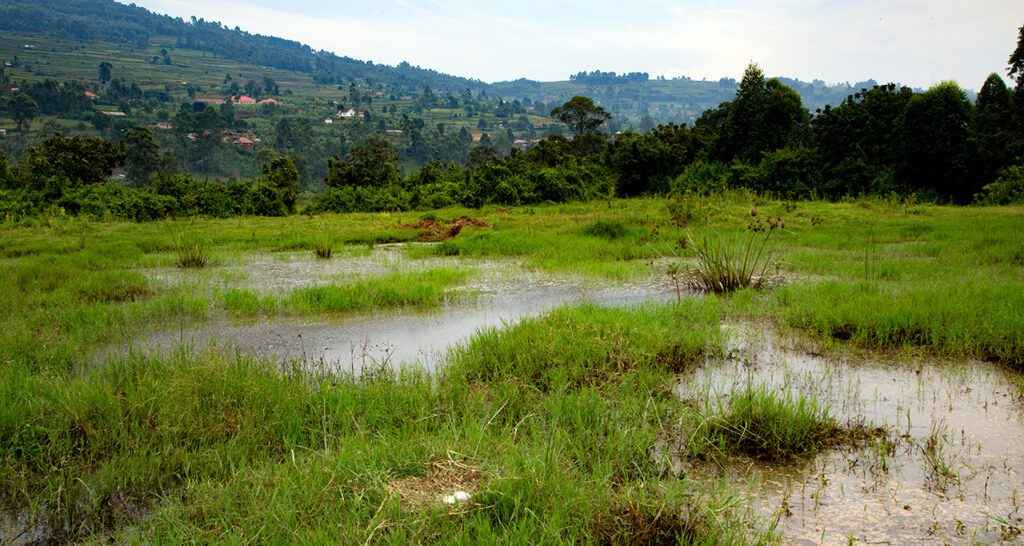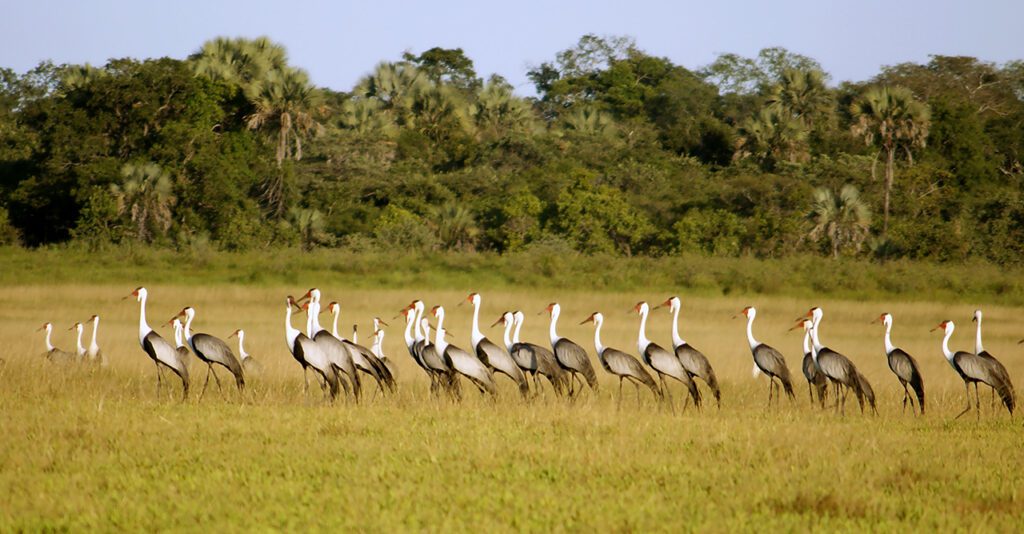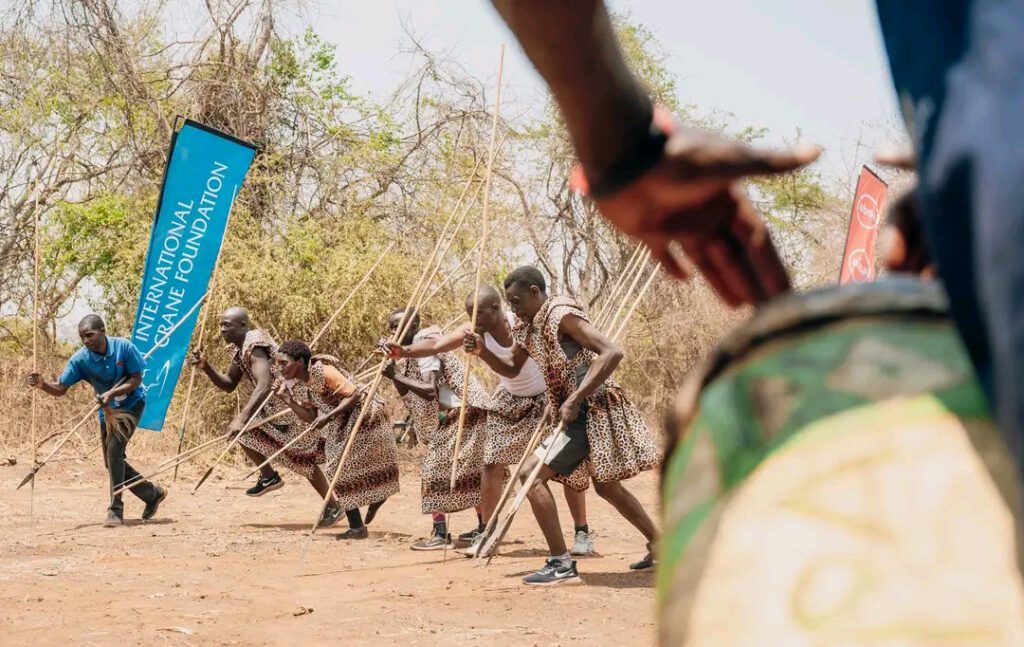Kenya’s oldest known wild Grey Crowned Crane
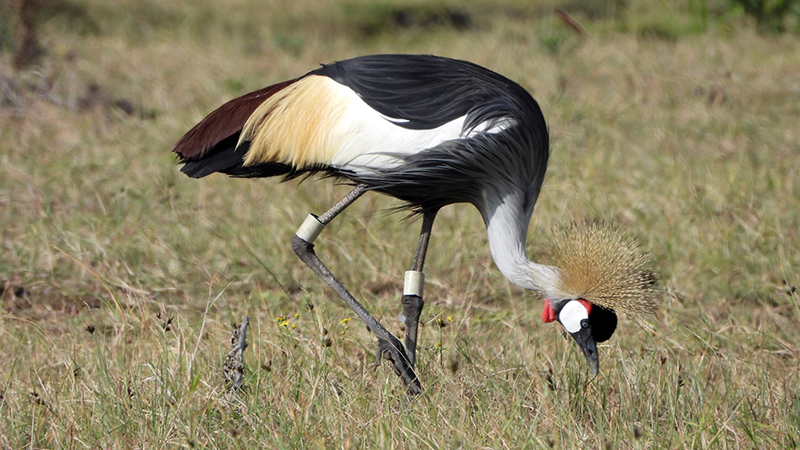
On the northern foothills of Nyandarua Mountains (also known as Aberdare Ranges) lies a small, high-altitude and one of Kenya’s highly threatened wetlands, Lake Ol’ Bolossat. The lake has a variety of habitats ranging from montane riparian grasslands, short and tall vegetation marshlands, and open water that attract a variety of avifauna, making it one of the richest aquatic ecosystems in the country in terms of waterfowl species diversity. One of these waterfowl is Africa’s resident, iconic, and undoubtedly the most colourful among the Gruidae (cranes) – the Grey Crowned Crane.
During Kenya’s first and second countrywide crane census in 2019 and 2023, respectively, this wetland jewel has persisted in claiming its position as one of the significant sites for the species in the country, holding more than 90% of the population recorded in Nyandarua County, ranking among the top three. Published findings from a 2018-2022 detailed ecological research on the basin’s crane population showed that the lake might come second to none in terms of the number and density of territorial and breeding crane pairs. The wetland, riparian grasslands, and surrounding fields are thus critical to the species’ survival.
In the mid-1980s, Prof. Nathan Gichuki (University of Nairobi) and Dr. Cecilia Gichuki (Kenyatta University), both formerly working with the National Museums of Kenya as ornithologists, were enthusiastic about the Grey Crowned Crane. As part of their research activities on the species, they set out on a mission to the central Kenya highlands to catch and put plastic color rings on a few crane chicks.
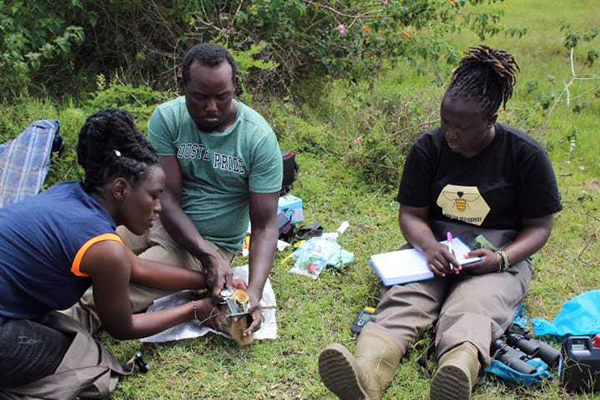
Nearly four decades later, three marked cranes are still observed in the foraging fields around the lake and its extensive marshlands, sometimes with chicks. At 38 years of age, they are Kenya’s oldest known wild Grey Crowned Cranes. One of these cranes (see the top photo) was seen with two-week-old chicks in February of this year. Although an additional 70 young cranes were banded between 2018 and 2020, the mid-1986 cranes are quite a record to reckon with. Literature has reported 22 years as the average lifespan of a wild Grey Crowned Crane. Our observations are providing new knowledge on longevity and productivity in this species.
World over, scientists are increasingly marking young, often flightless crane chicks. Among other reasons, unlike an adult whose past remains unknown, the age of a flightless crane and its origin (place of birth) is definite. Many aspects of a species’ natural history can be studied with marked individuals, such as dispersal, age when they pair and first breeding attempt. Besides, when two marked individuals pair up, we can study or confirm behaviour such as breeding sites fidelity and mate switching or their faithfulness.
It is always a lot of fun to study and save cranes and places where cranes dance!
Story by Dr. Wanyoike Wamiti, East African Research and Monitoring Specialist, and George Ndung’u, Crane Conservation Volunteers Chairman
